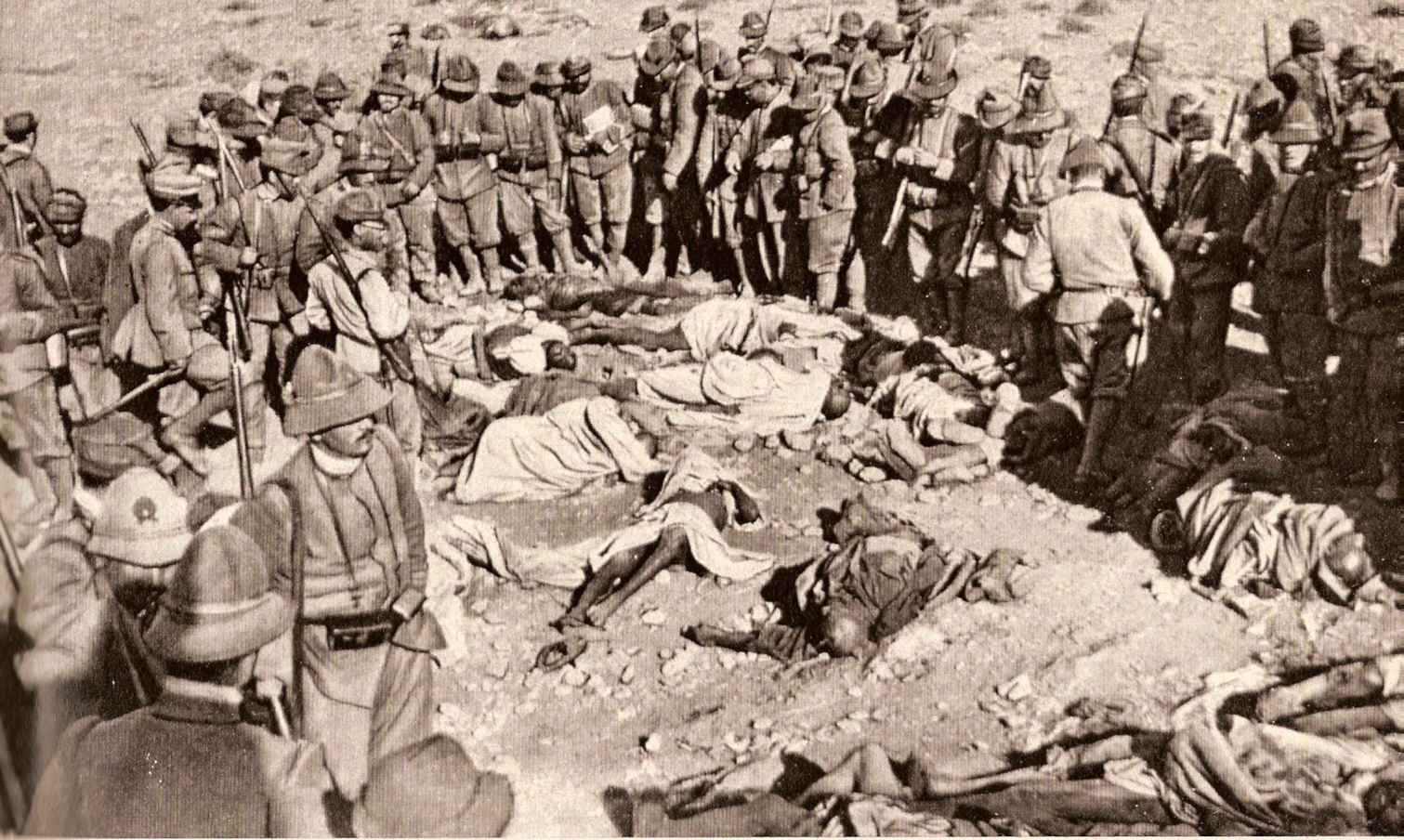Italian national unity seemed remote after Piedmont’s two decisive defeats by Austria in 1848 and 1849, yet it was accomplished by 1870.
The three leaders of the Risorgimento in its years of triumph were the romantic nationalist adventurer Giuseppe Garibaldi (1807-1882); Victor Emmanuel II of the house of Savoy (1849-1878), king of Piedmont-Sardinia (and later of a united Italy); and, above all, Victor Emmanuel’s chief minister, Count Camillo Cavour (1810-1861).
Though of aristocratic origin and trained for the army, Cavour enthusiastically supported the economic revolutions and the aspirations of the business classes. He applied the newest agricultural methods to his family estates and promoted the introduction of steamboats, railroads, industries, and banks to prepare Piedmont for leadership in a unified Italy.

